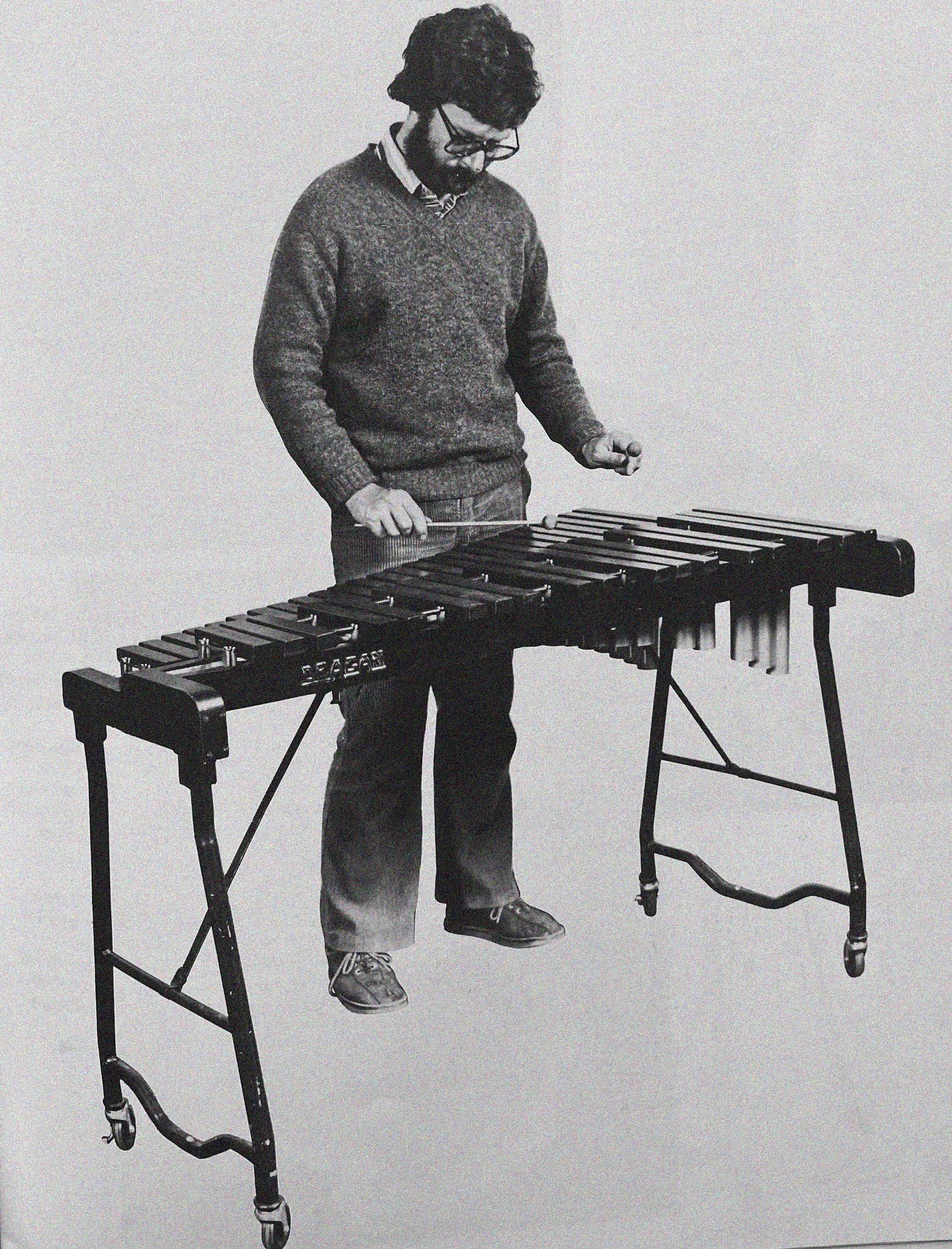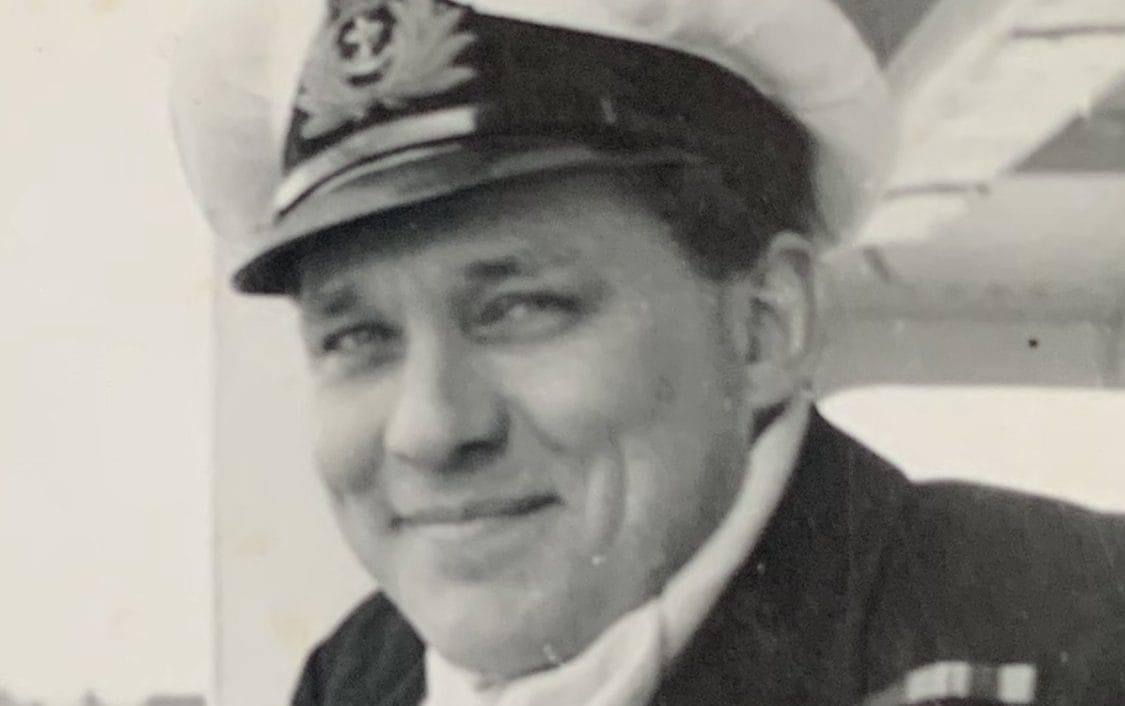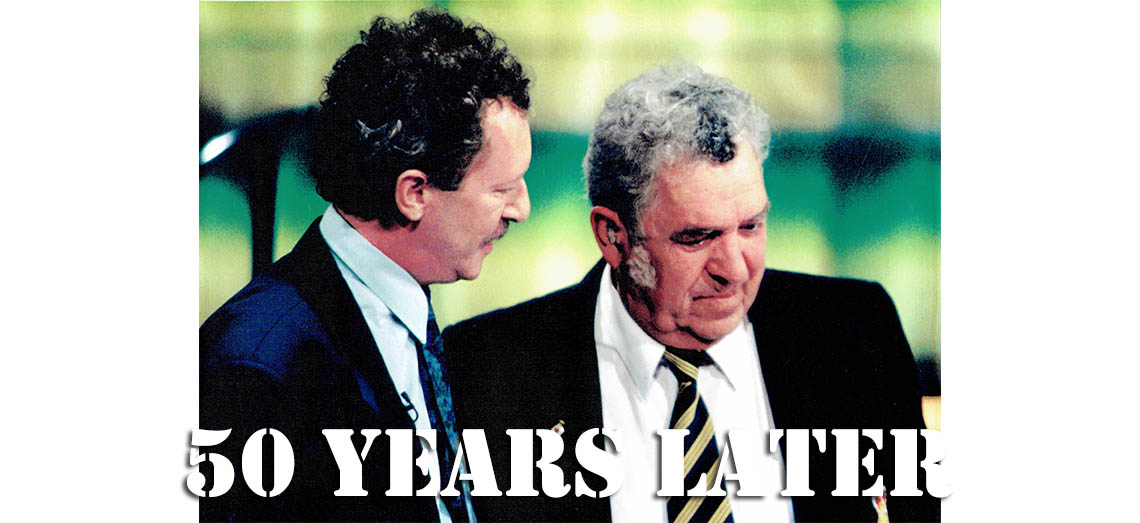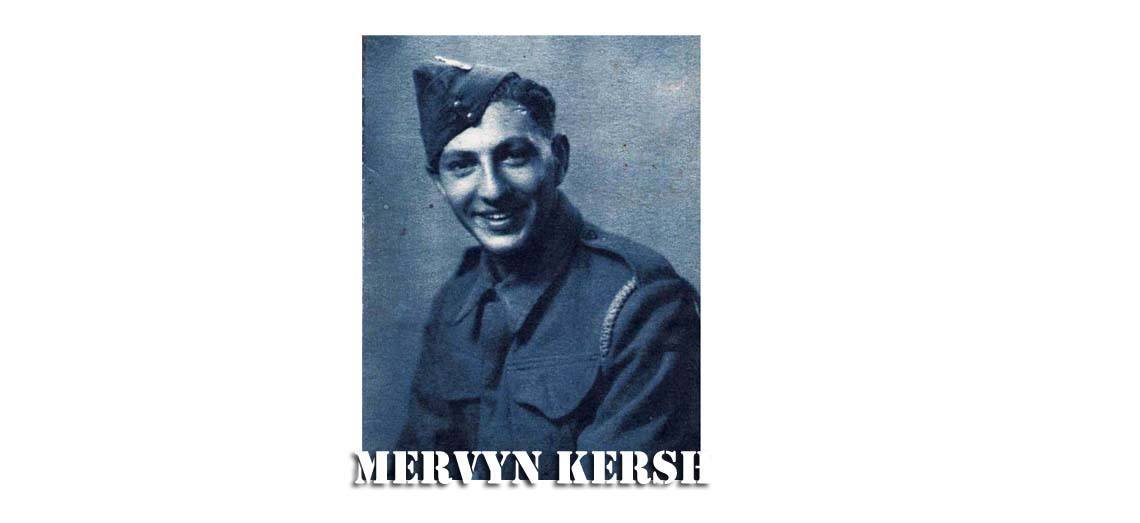
- Details
- By Fred Vogels
- Category: personal stories
- Hits: 115
Research by: Elliott Salmon
Introduction
This project started in the summer of 2009 after the passing of my grandfather Dean Richardson, to better understand his World War II experience.
Since Dean never shared any first-hand accounts of the war, this project started by piecing together the information we did have - his medals and his handwritten explanation of each one. In addition to the awards, a living relative gave Bill Ramsden the original handwritten letters that Dean wrote to his sister Loma in Omak while stationed in Europe. These letters became the cornerstone of this project and provided a much-needed timeline along with locations with postmarks.
Identifying his unit became another challenge, as Dean never disclosed this information, but it was completed and later confirmed by accessing documents at the National Archives.
The letters included are not edited in any way, and the historical facts are interweaved to give the context of the battlefront. Pagebreaks with timeline markers are used to give a general timeline. Every effort was made to cite the many sources used to gather the historical facts and give credit to the original authors.
During this 14-year process, I have accumulated a small library of WWII books and documents. The amount of information written on the subject is staggering, and it has been a joy to research and discover previously unknown details about Dean’s past, like unraveling a mystery. Many thanks for support and discussion must also be given to Bill Ramsden. Without his shared interest and knowledge, Dean’s wartime experience would remain untold - Thank you.
This story needs to be shared with his family regarding the sacrifices and role in what was undoubtedly a world-changing and, for Dean, a life-changing event.
If I could only have 5 minutes of Q&A so that Grandpa could fill in any gaps, but his silence encouraged me to research more, I have enjoyed the process that has led to this point and hope that this becomes a jumping-off point for future study.
- Elliott Salmon October 2023
Melvin Dean Richardson served in the U.S. Army from April 16, 1943, to January 17, 1946. Before the War, he worked as a truck driver for the Pacific Fruit Company.
Dean enlisted in Spokane, Washington, on April 16, 1943, when he was 18.
Basic training took place at Fort Vancouver in Vancouver, Washington.
Dean was released from active duty almost three years later, on January 13, 1946, at Camp Beal, California, and discharged on April 1, 1953.
During the War, Dean was a member of The First United States Army, specifically the 1st Infantry Division, 233rd Quartermaster Salvage Collection Company. Army records indicate that his unit had over 200 enlisted service members assigned. During the War, he was promoted to Second Lieutenant, a commissioned officer, and served as a troop transporter in the states after V-Day to serve the remaining time of his active duty.
The quartermaster corps' role was to equip the troops in the field with the supplies and services they needed for battle. Services included food, fuel, equipment, repair or replacement, shovels, coats, socks, and even body burial. The quartermaster corps Supplied the War with the tools needed to fight. Not only did the quartermaster provide supplies, but they also researched materials, forecasted demand, and developed a supply chain and distribution. If the troops were to meet a particular environment or scenario, the quartermasters would provide the materials and tools that each division needed to accomplish the task. According to first-hand journals, the quartermaster corps operated at all times two to three miles behind the front lines and traveled with the Allied forces.
Since Dean was a 233rd Salvage Collection division member, his battalion was primarily assigned to support the First U.S. Army and was a part of the 471st Quartermaster Group.
As the U.S. military records recorded, salvage companies were responsible for gathering materials left on a battlefield that could be returned to depots and repurposed for use later. Items such as empty gas cans or "Jerry cans" and other equipment were discarded by the allies and enemy. As a truck driver with the Northern Fruit Company before his military service, Dean's history suggests that he would drive supply trucks or assist with vehicle reconnaissance and towing. This project is intended to provide a good jumping point for additional research since most of the movements of one soldier during a world conflict are impossible to document thoroughly.
Finally, as Dean Richardson wrote, great care was taken to transpose each original letter without any edits. The letters are also linked with World War Two (WWII) research and events that would have occurred when Dean wrote each letter. WWII is one of the most documented wars and human events ever. Numerous government publications and authored books were used to summarize and add color to the events.
I hope you enjoy this journey through Europe with Dean as he played a role in securing the freedoms we enjoy today.
- Fall 1943: England - Stockpiling for the D-Day Invasions (8 months before D-Day).
By the Fall of 1943, Dean was one of 610,000 service personnel in England awaiting the invasion of Normandy, France. During this time, the United States rapidly readied troops at a rate of 105,000 per month in October and 173,0001 monthly in November.
Dean's Letters home: the following letters were transcribed from original Victory Mail or V-mail letters sent to Dean's sister Loma and her husband, Tom, who lived in Omak. The Address was Mr. Thomas Schindler, Rt: #2, Omak Washington. V-mail letters were simply photographs taken of handwritten notes on stationery, approved through government intelligence screening, and then shipped to the U.S. as a film. The V-mail film was then developed into a picture or postcard-type card and mailed to the address indicated. For ease of transport, the film would preserve cargo space on ships leaving for the U.S. from locations all over the globe. Shipping hundreds of thousands of film slides and developing them into letters stateside was more economical. This processing and transit could also explain the reason for a considerable delay in letters between Dean and correspondence with the homefront. The average turnaround of a V-mail letter during WWII was about 30 days.
The original letters had A.P.O. Numbers, or Army Post Office identifiers, which were used in research to approximate Dean’s whereabouts, as no site is identified on the letterhead. Undisclosed locations were likely a security precaution, and the original letters contained a government censor stamp.
Although his location could have been considered top secret information at the time, my research found that information is available now, pinpointing the A.P.O.'s place within the timeframe of the postmark. The A.P.O. and location are indicated on each letter. (See attached map for a site and timeline on below).
The following letters were transcribed from original v-mail letters by Dean Richardson during his service in Europe.
Dean spent ten months in England before leaving for France and participating in the D-Day invasion.
APO 649: England, Exeter: Quartermaster Depot Q–134 Devonshire
- October 9th, 1943 - Dean’s 19th Birthday
Photo: Dean in front of his barracks, England 1944
October 20th, 1943: Somewhere in England
October 9th, 1943: Somewhere in England
Dean wrote the following letter with the text 'somewhere in England'; today, we know by the A.P.O. number, where he was. Taunton was one of the larger depots active in the United Kingdom at the time and totaled about 873-thousand square feet of storage space.
APO: 511 England, Taunton: General Depot G–50 (-), Quartermaster Section (-) Somerset
**The following letter was the first letter in original handwriting and was sent via airmail for six cents**
I am enclosing a little clipping I found. How do you like it? Of course, you can’t get the full meaning of it like the fellows over here do.

APO: 511 England, Taunton: General Depot G–50 (-), Quartermaster Section (-) Somerset
A.P.O: 641, Cornwall England, St. Mawgan, 641 Army Postal Unit April 15, 1944
- June 6, 1944: D-Day Invasion
Dean was part of the D-Day invasion and came ashore on Omaha beach three days after the June 6 operation began (D-Day +3). The 1st U.S. Army departed from Portland Harbor, Dorset, England, to begin the invasion of Normandy. The D-day operations started on June 6, but not all of the strongholds were established in one day, and it would take two to three days to clean up resisting German forces before the allies were able to move steadily inland. The supply depots and ports still needed to be established to move troops and supplies inland to the front lines. Entire ships were lined up and sank in the bay to provide a breakwater for the harbor that was erected within days of the invasion. It is also necessary that front lines be supplied quickly because the initial wave of soldiers only had three days' worth of supplies on hand before running out of C and K rations. This much-needed support is an excellent example of how important logistics and supply chains are to fighting wars. Soldiers can't fight if not fed and their weapons full of ammunition.
Normandy Invasion, June 1944
Landing ships putting cargo ashore on one of the invasion beaches at low tide during the first days of the operation, June 1944.

Photograph from the U.S. Coast Guard Collection in the U.S. National Archives. (This Picture Probably Illustrates Dean’s First Experience On French Soil)
The movement was slow for the first week of combat after D-Day. According to U.S. military maps, the First Army was only able to advance more than 20 miles inland a month after the June 6 invasion. Even though the beaches were held, German shelling and sniping still threatened and caused casualties after the initial charge moved off the beaches.
First-hand accounts recall that the Quartermasters were always four to five thousand yards behind the front lines. It is also written that an army supply chain is like a funnel -small in the front and larger reinforcements the further back from the front lines. Later, Dean confirms that after his unit landed on Omaha Beach, they made their way toward Isigny. This was the beginning of the second phase of the Overlord Operation or Normandy campaign and the face of hedgerow warfare that claimed more casualties than the beaches' landings. By July 1, Cherbourg's town was in Allied control and marked the end of the landing phase and the beginning of the inland pursuit.
This second phase of Operation Overlord is also referred to by historians as the "Battle of the Bocage." This proved to be a challenging terrain to fight in due to the low visibility and jungle-like overgrowth along the perimeter of the farmland. Hedgerows contained livestock during peacetime and provided excellent natural cover for German troops and tanks. Perimeter concealment, along with wide-open pastures, was a lethal combination that proved costly for Allied troops.

In an article written by Bill Shadel in American Rifleman, the French farmland was greatly underestimated by pre-invasion intelligence.
"Officers who have fought in the Pacific say that the fight here is comparable to that in the Jungles, plus the fact that here (in hedgerows) troops must advance over open fields while the enemy has the advantage of Jungle concealment." It is even said that during pre-battle planning, this area was greatly misjudged by aerial photos because the intelligence was gained by aerial photography, the height and makeup of these farmland barriers were underestimated and very different from the hedgerows used on English farmlands.
The Battle of the Bocage would take place from June 7 through August. This stall in the movement was a big concern for the Allies, who still needed to gain as much ground as possible after establishing the beach landings and cutting the Cherbourg peninsula off from any German mainland resupply. (See Map #58).
Because of the sensor order that would have been in place, no letters are written to disclose the location or detail events that unfold. Locations were only identified recently using APO IDS and cross-referencing army databases.
When Dean arrived in June, units tried to break out from the beaches and establish a cohesive front while flushing out the German strongholds. Communications in some companies were still being established, so Dean probably saw firsthand the organized chaos that developed as supplies and units moved inland.
The First Army moved from Omaha Beach, near Saint Laurent, north-west toward Isigny, cleaning up German resistance left from the invasion and heading south towards St. Lo. By June 20, the First Army had made good progress and was less than five miles from the St. Lo objective. However, the allied forces would not move on the city for almost a month and would only complete the goal on July 17. By now, the Germans were digging into the hedgerows, making work difficult for the Allies. Tank and infantry coordination could have been more effective, and the enemy was well concealed in the vines and overgrowth of the hedges. From reading official records, D-Day was a turning point where the Germans turned on the offensive, and the First Army's southern progress was halted. Because German units were well entrenched before the invasion, German knowledge of the terrain disadvantaged the allies. Many strategic hill position points had to be won by the Allied forces. After the beaches were established, control of the Cherbourg peninsula and movement south was the priority.
A.P.O. 230 c/o P.M.: Gloucestershire England, First Army, Headquarters, Bristol
The following letter was possibly written after Dean's move to France, between Isigny and St. Lo. Since a postal system might not have been established after the French invasion, the allied mail was probably shipped back to England to be processed - hence the location stamp.
- The Battle for St. Lo
Dean received a battle star for his involvement in the battle of St. Lo.
St. Lo was an agricultural hub and regional capital and a considerably large town for the region. Additionally, it's positioning on the Vire river made it a strategic landmark.
St. Lo was also a regional headquarters for the German Army. Due to its German strategic role, St. Lo was heavily bombed starting on June 6, the day of the D-Day invasion. St. Lo was also a strategic chokepoint against the German-controlled region. It was thought that the allies would march into St. Lo nine days after the invasion. Unfortunately, it took the Allies until July 17 to capture the city.
This heavy bomb campaign was a propaganda piece for the German Army, who used this destruction to explain how the allies were liberating Europe. Overall the “Fighting First” was only able to gain seven miles in seventeen days, and from the surface, the costs seemed more extensive than the gains. The First Army sustained approximately 40,000 casualties during July.

Photo: Dean’s photo of St. Lo, France
According to U.S. Army records, after a week of combat, a rifle company often sustained 63% casualties; much of this was sustained in the hedgerow fighting surrounding the town. In addition, above-average wind and rain for the region occurred in June and July of 1944 since recorded in 1900. This is later referenced in the number of mud crews dealt with. It has been said that over 90% of St. Lo was destroyed entirely during the battle and served as a significant early battle for the European theater.

Photo: Dean’s photo titled: St. Lo “Bungalow”
- Breakout and Pursuit: Operation Cobra July 25 - 31, 1944
With a wet and slow start to Normandy's invasion, the allied troops needed an offensive to break out of the region and expand into the higher ground where the ground vehicles could gain more traction. The concentration of ground forces and air attacks would provide a break in the German lines. With the triumphant advance, frontlines and supply routes increased in the distance, making for more significant challenges to keep the allies on the offensive. But with the German Army on the run, the Allies were moving forward at full steam and taking advantage of the enemy's weakness. Operation Cobra allowed over 100,000 U.S. troops to move through a German front line not larger than 5 miles wide and was a big win for the Allies. The coordination between ground forces and air support was essential to the Cobra operation. The abnormally wet summer weather subsided, and the skies cleared, perfecting conditions for U.S. air attacks. Government reports detail pilots' and tank drivers' radio communication in real-time and detail where enemy ground resistance was and quickly eliminated the enemy. This technology also gave ground troops eyes in the sky and a forward warning to where enemy troops were in real-time and launch advanced attacks on enemy ground troops.
The U.S. forces then split into East and Westbound. Dean and the First Army were headed East toward the Seine River to join the British and Canadian troops while the Brittany peninsula was captured to the west.

Photo: Dean’s photo of German POWs in France
- The Falaise Pocket “Falaise Gap” August 12 - 21, 1944
This battle is known by two names but referred to by Dean as the Falaise Gap. 20 miles southeast of Saint Lo., The Gap marked an essential moment in the European conflict. First, it was the first proper merging of the US, British, and Canadian fronts and closing any gap in the Allied front, and because of this, the Germans were encircled.
Second, the battle of the Falaise Gap also paved a route directly to Paris, which would be liberated two days later. Dean received his second battle star for his work during this event. The Falaise Gap was the end of the Battle of Normandy and an overall defeat for Germany.

Photo: Dean with Members of his unit (Left to Right: Dean, Knobby, C.C. & J.P.) The picture was taken in August 1944.
St. Lo would have been the most destroyed city in Dean's experience, but Falaise was the town with the most carnage. General Eisenhower said it was "one of the greatest killing fields of any war areas."
At this point in the War, the Allies had moved east with such momentum that readers feel that supply units were having difficulty keeping up, along with disjointed coordination between the Allied countries that some forward progress was suspended. At this point in the European conflict, the Germans are starting to show full signs of retreat from the soldiers on the ground to the upper Nazi commanders. Through reading government reports, Hitler is showing signs of paranoia, second-guessing his commanding generals, and making battle command decisions himself. It is estimated that close to 50-thousand German P.O.Ws were captured during this battle. It is estimated that 50-thousand more escaped before the Allies sealed the gap.
- The Liberation of Paris August 23 - 25, 1944
- “Beyond the Seine River and Pursuit to the German Border” August 26 - September 10th, 1944
Now, the German Army is on the run once again and falling back beyond the Seine River. In his book The Second World War, Gordon Corrigan details well the timeliness of the Allied advance before the German Army is able to establish a defensive line and destroy all bridges across the Seine River. Corrigan also notes the geographic dilemma that the Allies found themselves in. Even as of August 25, all supplies were still traveling from Mulberry Harbor in Normandy. This distance from the front caused a shortage of supplies and hindered the Allies' advance. Tanks need fuel, guns need ammo, and soldiers need food. These necessities are what halt successful campaigns. The Allies desperately needed a port at Antwerp to supply the eastern-french front and continue marching into Belgium and eventually Germany. During this fast pursuit, Allied units commonly picked up rations from deserted supply depots. In one instance, the allies would hijack military trains leaving Germany and repurpose the tools and supplies for their use, and with the tracks blocked to oncoming trains, multiple trains could be acquired quickly. In an eyewitness account in Danger Forward, due to the German communication lines being destroyed by air bombings and resistance fighters, the Germans didn't know that American forces were so close. In some cases, German soldiers were attacked in complete formation and completely unconcealed.
As the Germans fell back, they began to fight harder as they now fought to hold their home border. However, the German Army did not have the troops stationed in the west to stop the Allies, so the march eastward continued. One key objective in this stretch was neutralizing the German V-Weapons based along the Straits of Dover and threatening Britain.
- Operation Market Garden September 17th, 1944
At this point in the War, the friction between Montgomery and Eisenhower begins to show. Market Garden was intended to be a surprise air-drop attack on the Germans who had retreated to Belgium. The objective is to seize bridges from the Dutch border to Arnhem in the lower Rhine. This would allow the British to outflank the German "West Wall" named the Siegfried Line by the Americans and drive into the heart of Germany's industrial region, the Ruhr. Operation Market Garden failed, and Montgomery's poor planning is seen by history as the reason for its failure.
With the Russians advancing from the East, the Siegfried Line was the best option for the Germans to stop an advance from the West.
- October 9th, 1944 - Dean’s 20th Birthday
- Arden - Hurtgen Forest November 10, 1944
As the Allies advanced east, so did Dean. Now stationed in Belgium, Dean's unit was in the region that would become famously known for the events of the "Battle of the Bulge." The "bulge" was the eastward expansion of the allied lines and set up for a solid German counter-attack and was an act of desperation by a German army, whose back was against the German border. Since Normandy's landings, the German Army had steadily retreated towards the Siegfried line and their homeland defenses. The Battle of the Bulge would be the most significant German counteroffensive since the Normandy landings.
The Arden forest was a mountainous and densely forested region, the same area the Germans crossed on their original invasion of Belgium and France in 1940. Dean refers to the forests in his letters and how they reminded him of the woods in the Northwest. In 1944, the Germans were at a much more significant disadvantage and faced a far more formidable opponent than Poland and France's earlier conquests. The Arden terrain would have been significantly impacted by clay soils and the winter weather conditions, causing the tanks and mechanized armies to be inoperable with rain.
Historical accounts have written in great detail about the challenges of fighting and supplying the troops in this winter campaign. There was little movement from North to South (a natural East-to-West movement due to terrain), second winter weather, and third, a German army on its heels, now protecting German soil from allied invasion. This mountainous landscape would also be designated as part of the "Siegfried" line of defense, 20 miles deep in some locations. The Dragon's Teeth photo was one that Dean himself would have taken. Although the definition is hard to make out, you can see that the mound pictured is the famous cement pillar.
The following letter was written on Thanksgiving Day, 1944. Although the War was far from over, numerous soldier accounts were recalled, and incredible detail was recorded about turkey dinners in the foxholes. Because Thanksgiving was an American holiday, the Germans saw this as an advantage, and casualties were reported while men gathered to collect Thanksgiving meals. In the book, Danger Froward, incredible detail and situational comedy are recounted as the mess crew delivered turkey sandwiches to the men on the front, much to their amazement, as they continued about their duty scouting out the enemy, fighting off Germans, and holding P.O.W.s at gunpoint. Reading these accounts, their conversations turned from the grim realities of War to an escape through a simple slice of home life for a split second. In Ken Burn's documentary "The War," a segment explains how the Germans would open fire on American G.I.'s as they assembled for the Thanksgiving dinners. This was another grime memory that American veterans would live with after returning home to civilian life.
The Bulge's Battle is not a single battle but a series of conflicts within the Ardennes campaign. The Bulge would be fought from December 16, 1944, to January 25, 1945. The Ardennes campaign stretched the winter from December 7 to February 6, 1945. The wooded-mountainous terrain, freezing temperatures, and snowdrifts as high as five feet in areas made this fight more difficult. The U.S. morale shifted from "Win the War in '44 to Stay Alive in '45".
A.P.O. 230: Chaudfontaine, Belgium November 23, 1944
Dean's December 24 letter would have been written after the start of the Battle of the Bulge and is particularly noteworthy due to some of the events occurring.
On December 16, the "Complete Tactical Surprise" occurred when many German soldiers crossed American lines dressed in American soldier uniforms, speaking with American accents and fully equipped from American tanks to U.S. dog tags that they confiscated from dead U.S. soldiers.
According to eyewitness accounts in the book Danger Forward, The German's mission was to divert desperately needed American supplies to the German forces and disrupt Allied communications. 800 German paratroopers were also launched during this time behind the American lines.
With Dean's proximity to the location and his assignment, his work was most definitely affected first-hand by these two events.
A.P.O 230: St. Trond, Belgium (Station: Verviers, Belgium) December 24, 1944
December 27, 1944 - The unit arrived in Chastre, Belgium
A.P.O 230: St. Trond, Belgium January 3, 1945
A.P.O 230: St. Trond, Belgium January 6, 1945
A.P.O 230: St. Trond, Belgium January 19, 1945
A.P.O 230: St. Trond, Belgium February 1, 1945


Photos: Dean with members of the Belgian family he stayed with.

Above: The home where Dean stayed in Belgium
- February 3, 1945 - Unit members received a Bronze Service Star for participating in the Normandy invasion.
- February 4, 1945 - Unit members received a Bronze Service Star for their participation in the battle of Northern France.
A.P.O 230: St. Trond, Belgium February 17, 1945
- March 3, 1945 - Unit members received a Bronze Service Star for their participation in the German campaign Battle of Rhineland.
A.P.O. 230:St. Trond, Belgium March 3, 1945
A.P.O 230: A.P.O 230: St. Trond, Belgium March 9, 1945
- March 20, 1945 - The Unit left Verviers, Belgium, and arrived in Duren, Germany, where a salvage depot was opened. They traveled 45 miles.
- March 26, 1945 - Dean attended officer candidate training.
As detailed in the Army report titled The Manpower Problem, the US Army sought to solve the logistical problem of dwindling numbers by transferring and retraining able-bodied personnel from within the ranks since the army had already met its 7.7 million personnel threshold. Dean graduated with the 15th officer class at the 9th Reinforcement Depot and Ground Force Training Center on June 2, 1945. The training was held in Chateau Fontainebleau, once the home of various French kings and Napoleon. Dean likely attended courses in the palace and had sleeping quarters on the grounds. This is alluded to in the following letter and was likely a highlight in his European experience. Given that the War ended in Europe on May 6th, Dean was promoted and was not required to return to a combat position. In an online account from a WWII veteran, the following was said about the training process and the need to train and place officers near the war's end.
“They talk about 90-day wonders, men who became officers with 90 days of training. We were six-week wonders as the war was raging furiously on the fronts as the Germans were finally being pushed back into Germany and attacked in the East by the Allied forces and the West by the Russians. The training was a snap for me because I was an Infantryman. I felt sorry for some Air Corps enlisted men who were also in training but had difficulty in their training as it was like learning a foreign language to them. As the men graduated after six weeks, they were immediately assigned to a front-line company and rushed to their posts. Some of them joined their company one night and the next day were either dead or back in the hospital as a casualty of War.”
Dean would have time remaining on his service with his new promotion and training. Dean would return to the US and be stationed at Camp Roberts, California, with the 21st Infantry Training Regiment.
Below was transcribed from an Omak Chronicle Newspaper Clipping:
May 20, 1945 - Fontainebleau France
Mr. and Mrs. John F. Richardson have received a letter from their son, Staff Sergeant Dean Richardson, written on May 20, from Fontainebleau France, who states that he is all right, feeling fine, and that “we are still out in the field on our problem, but we did not have much to do today, so I am trying to catch up on my correspondence.
“They have lifted our censorship restrictions a little so I will give you a few details on my ‘travels’.
We came over to England on the Queen Mary, and as you know I was there about ten months. We then joined the First Army and hit France on Omaha Beach. You have probably heard of that beach as it was one of the toughest, if not the toughest. It was near St. Laurent and as a better reference, about 10 miles east of Isigny. When we broke through at St. Lo we swung south around ‘Falaise Gap,’ up through Paris, and then through Belgium up to Aachen. We were in that sector until the last breakthrough Duren toward Cologne and then to Remagen. I left the old unit at the Rhine so I didn’t get in on this last deal. I sure would like to have been with them. I am now in Fontainebleau, France , If you care to look it up. This place was quite popular with Napoleon, and he had a beautiful castle here. It is also surrounded by the famous forests of Fountainbleau, which are very beautiful. They remind me a lot of home.
- June 2, 1945 - Dean was commissioned a second lieutenant at Fontainebleau, France, but is stationed in Belgium.
- October 9th, 1945 - Dean’s 21st Birthday
Dean’s Military Timeline: April 16, 1943 - January 13, 1946
|
Date |
Event - Location |
Area, Country |
|
April 16, 1943 |
Enlistment - Spokane |
Washington, USA |
|
October 6th, 1943 |
England, Exeter: Quartermaster Depot Q–134 |
Devonshire, England |
|
November 9th, 1943 |
Taunton: General Depot G–50 (-), Quartermaster Section (-) |
Somerset, England |
|
April 15, 1944 |
St. Mawgan, 641 Army Postal Unit |
Cornwall, England |
|
June 6, 1944 |
D-Day Invasion |
Normandy, France |
|
June 9, 1944 - July 1944 |
First Army |
Somewhere in Normandy, France |
|
September 1, 1944 |
Le Perray, France |
|
|
November 23, 1944 |
Chaudfontaine, Belgium |
|
|
December 24, 1944 |
St. Trond, Belgium |
|
|
March 26, 1945 |
9th Reinforcement Depot and Ground Force Training Center |
Fontainblueau, France |
|
November 12, 1945 |
Head Quarters of the 21st Infantry, Camp Roberts |
California, USA |
|
January 13, 1946 |
Released from Active Duty- Camp Beal |
California, USA |
|
April 1, 1953 |
Discharged from Army |
Appendix

U.S. 1st Army Insignia
Dean was awarded for his service the following medals. Dean served from April 16, 1943, to January 17, 1946, and held the rank of 2nd Lieutenant at discharge.

Good Conduct Medal

American Campaign Medal

European-African-Middle Eastern Medal
For the European Campaign he received the following insignia for each major battle:
- Arrowhead – Invasion of Normandy, “Operation Overlord”
- Battle Star #1 – St Lo, (July 7th – July 19th 1944)
- Battle Star #2 – Falaise Gap “Pocket”
- Battle Star #3 – Battle of The Bulge
- Battle Star #4 - Battle of Rhineland

WWII Victory Medal
A.P.O Locations

Map of A.P.O locations and Dean's approximate location timeline


Note: The Green marker outside Brussels is Chastre, Belgium. From January 20, 1945 - Dean spent a few weeks with a Belgian family and lived in their home.
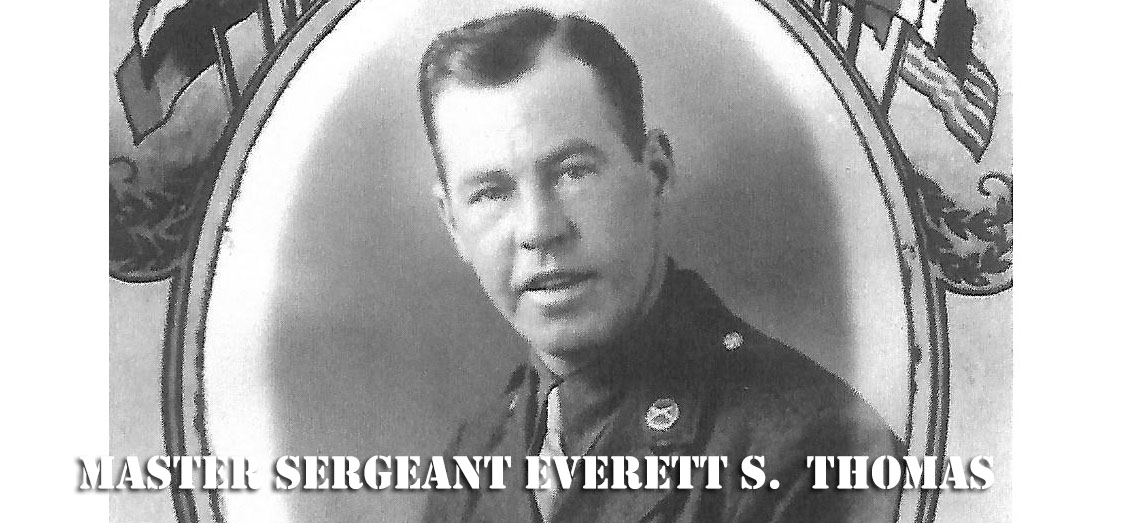
- Details
- By Fred Vogels
- Category: personal stories
- Hits: 4929
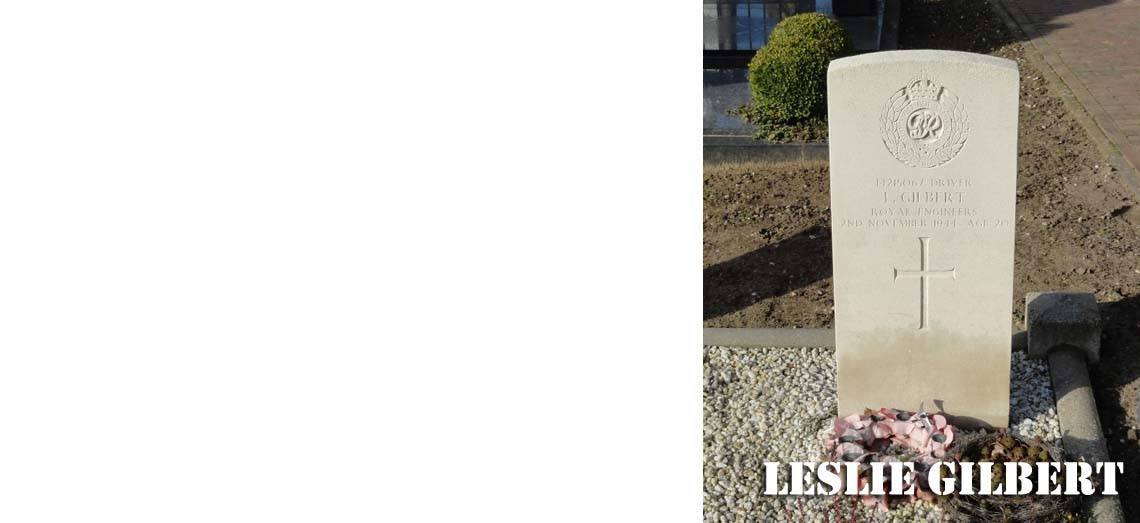
- Details
- By Fred Vogels
- Category: personal stories
- Hits: 7783
Leslie Gilbert was the fourth of eight children born to Lily and Trewern Gilbert in Bognor Regis, Sussex in early 1924.
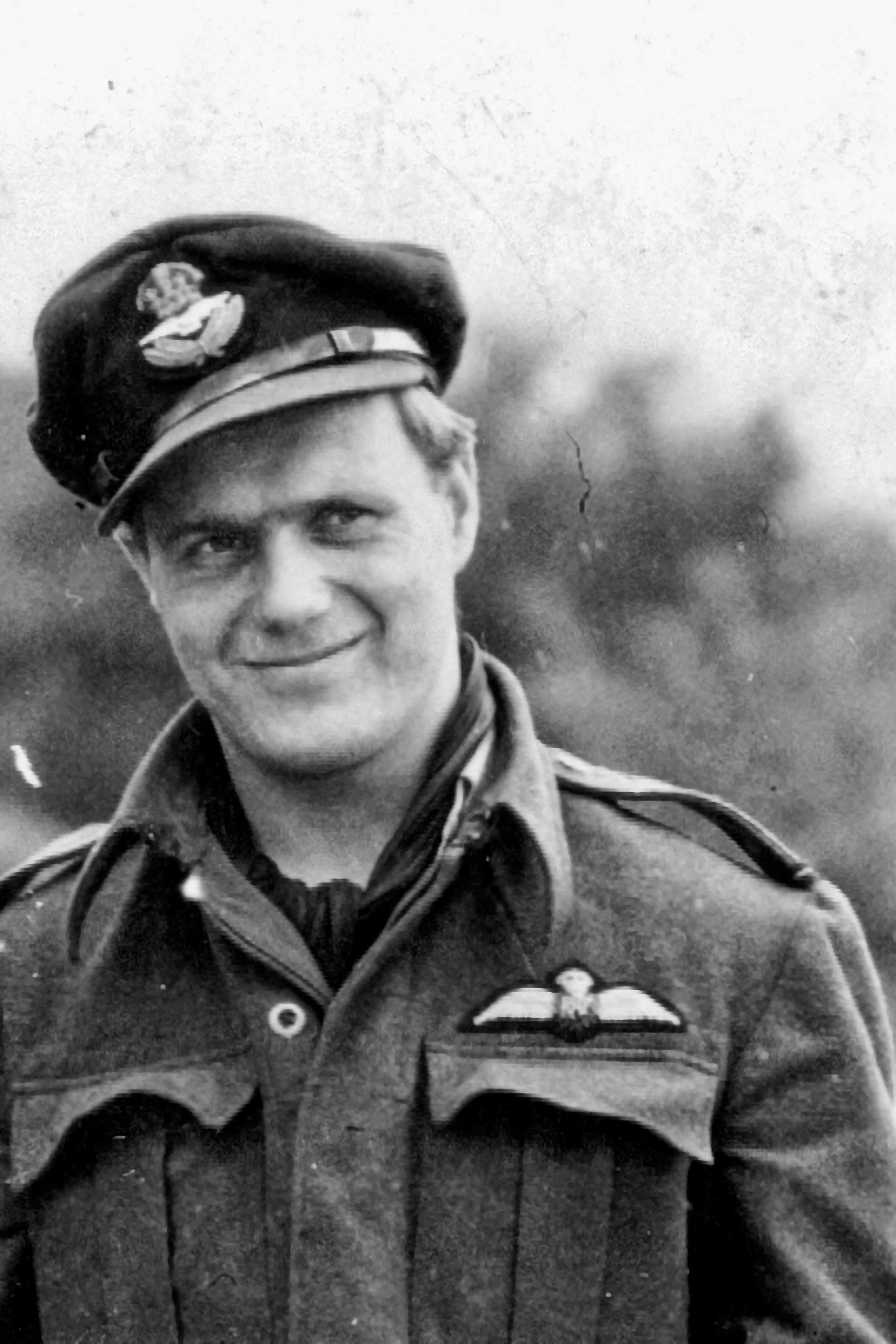
- Details
- By Fred Vogels
- Category: personal stories
- Hits: 724
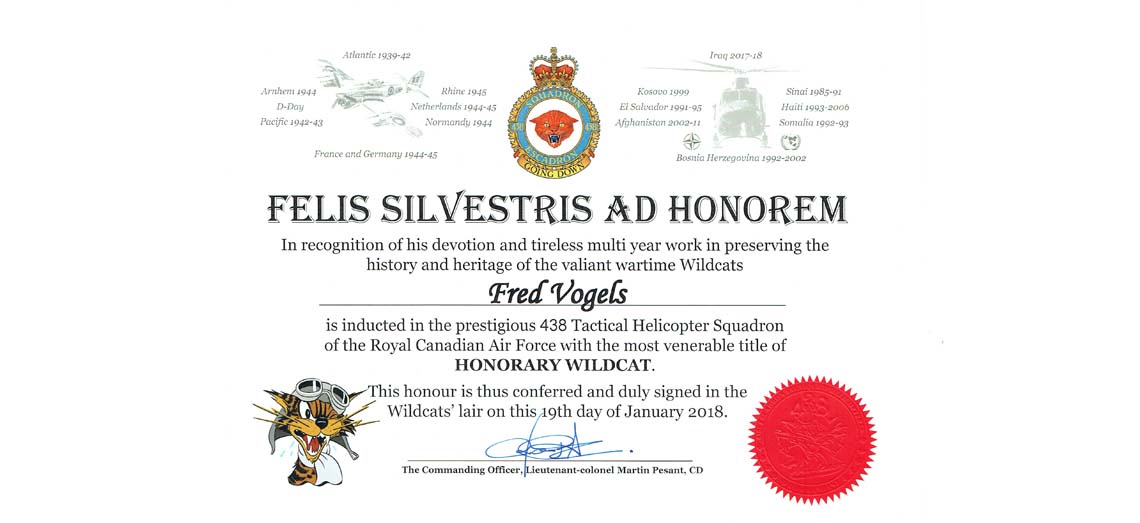
- Details
- By Fred Vogels
- Category: personal stories
- Hits: 5264
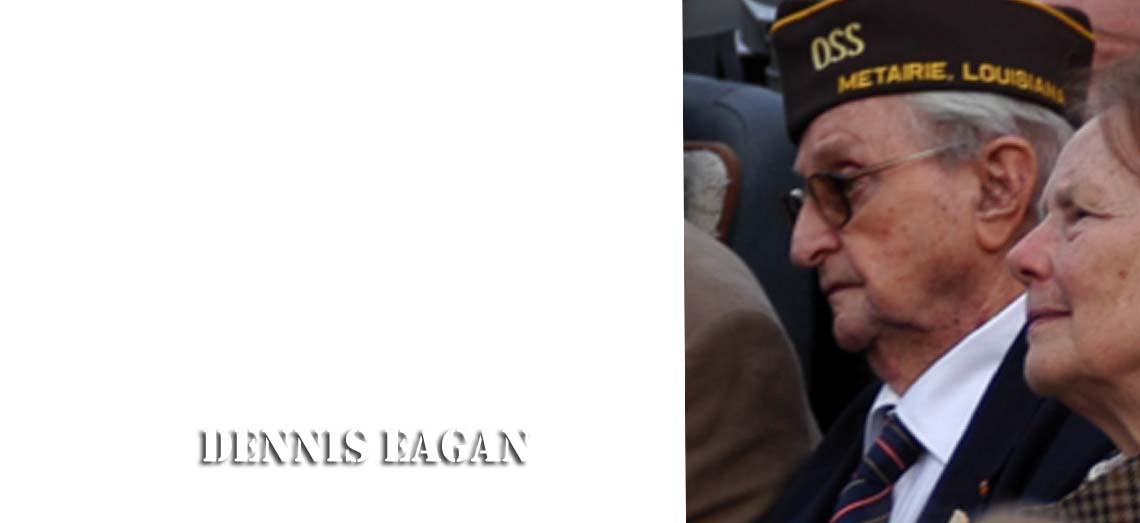
- Details
- By Fred Vogels
- Category: personal stories
- Hits: 8707
Photo: Dennis when he was visiting us (2007) during the commemoration of WW2 with the Airgunners in Dronten
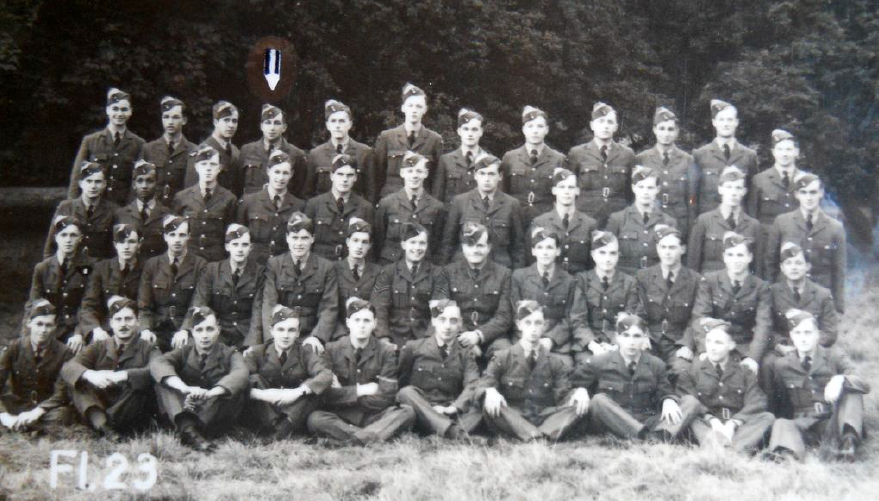
- Details
- By Fred Vogels
- Category: personal stories
- Hits: 671
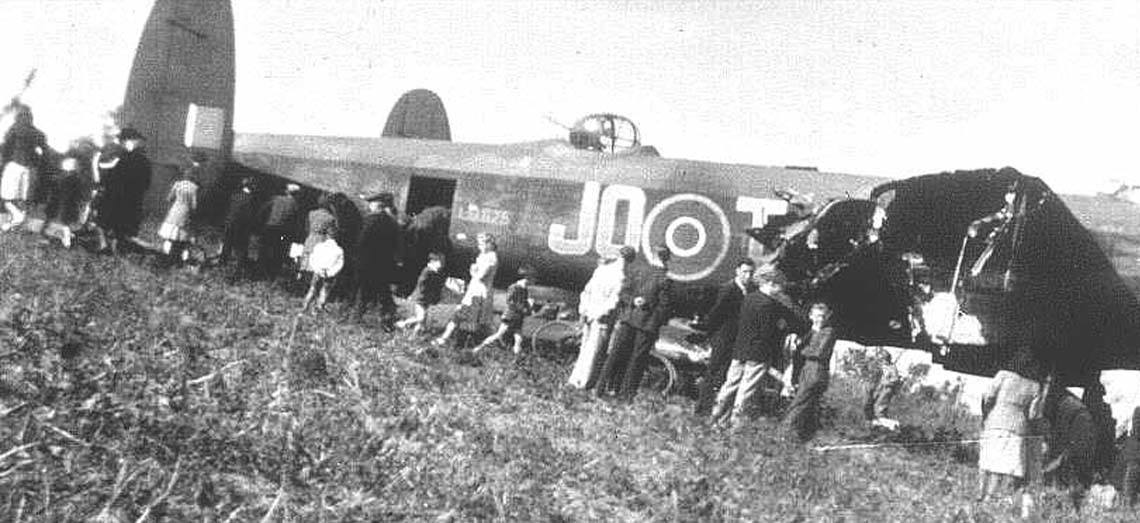
- Details
- By Fred Vogels
- Category: personal stories
- Hits: 13946
Don Wills Story, Loss of Lancaster LM675
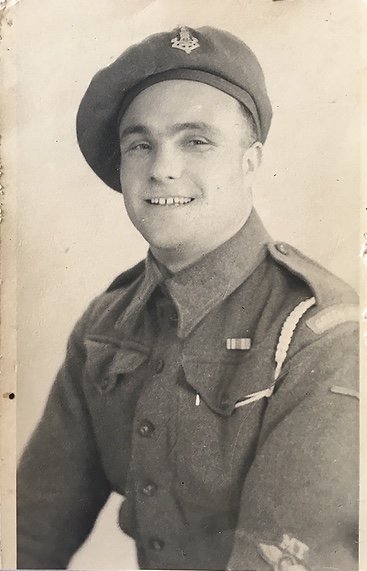
- Details
- By Fred Vogels
- Category: personal stories
- Hits: 744
Stanley Coleman

- Details
- By Fred Vogels
- Category: personal stories
- Hits: 31085
Charlie Dunn
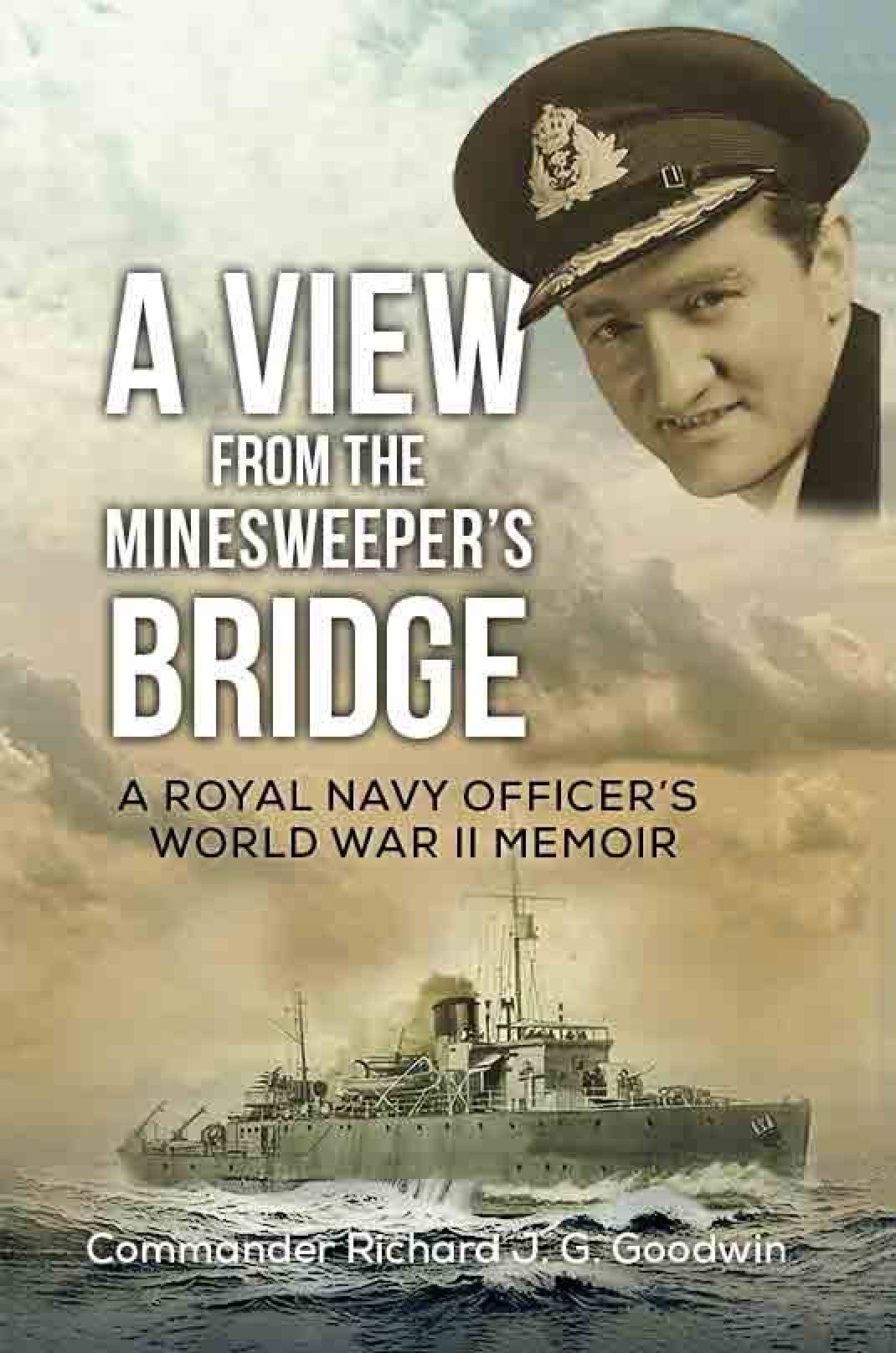
- Details
- By Fred Vogels
- Category: personal stories
- Hits: 1054
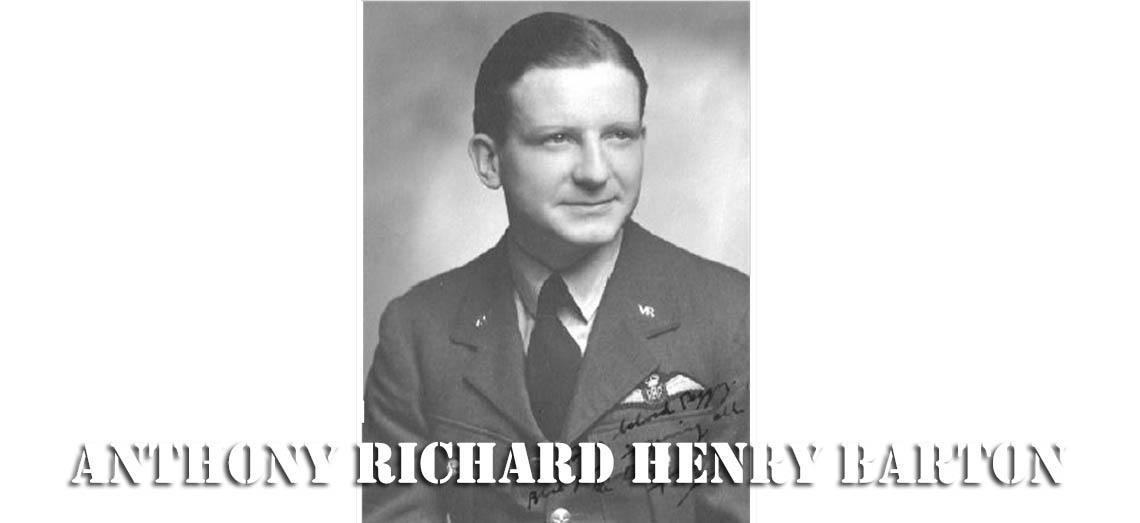
- Details
- By Fred Vogels
- Category: personal stories
- Hits: 4687
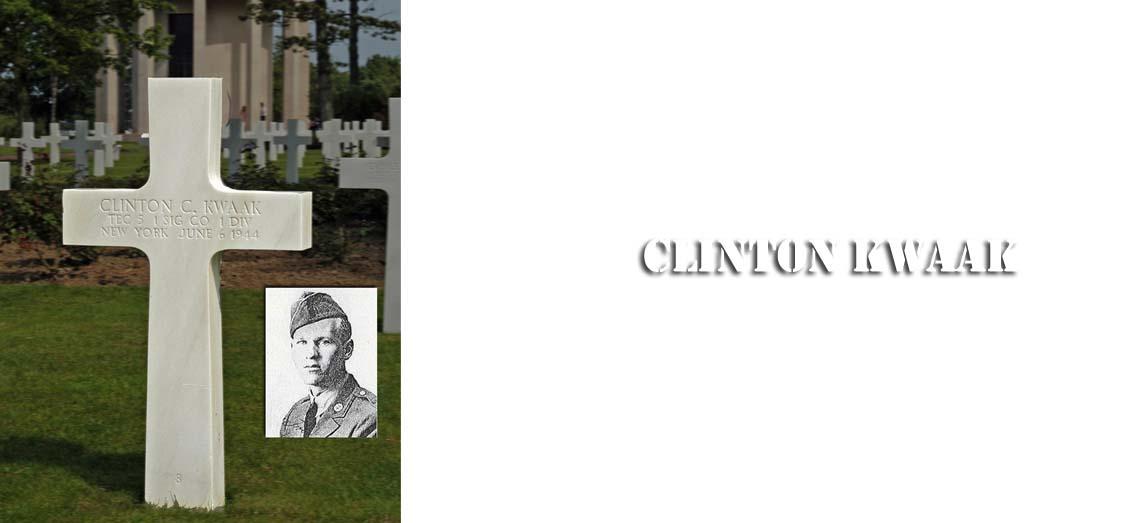
- Details
- By Fred Vogels
- Category: personal stories
- Hits: 32994
by Rob and Katie Vogels (who have taken up the honourable task to make these ‘Clinton Kwaak Memorial Pages’ on Back to Normandy.)
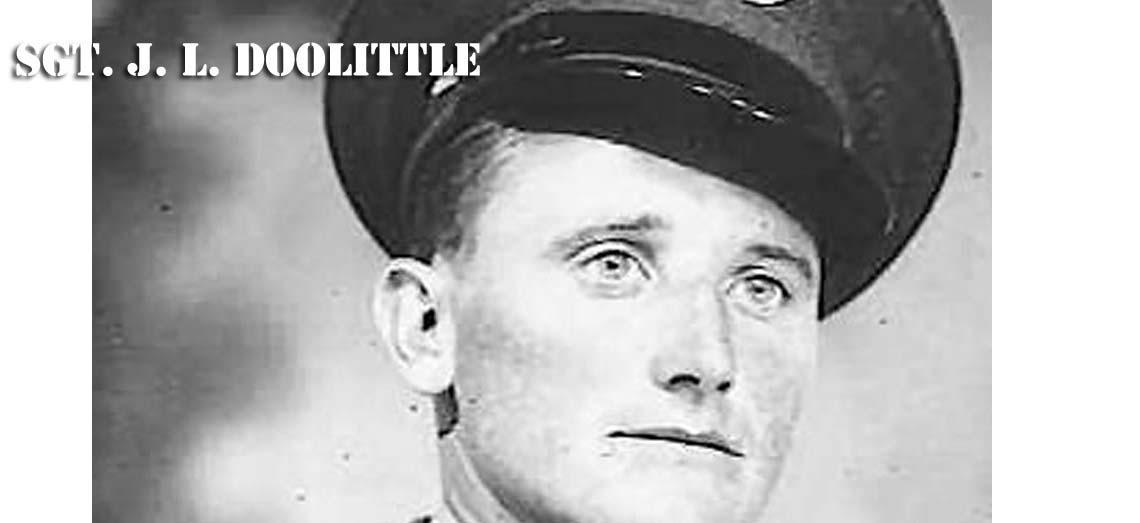
- Details
- By Fred Vogels
- Category: personal stories
- Hits: 55413
Quite a story. Thanks for sharing it with me."
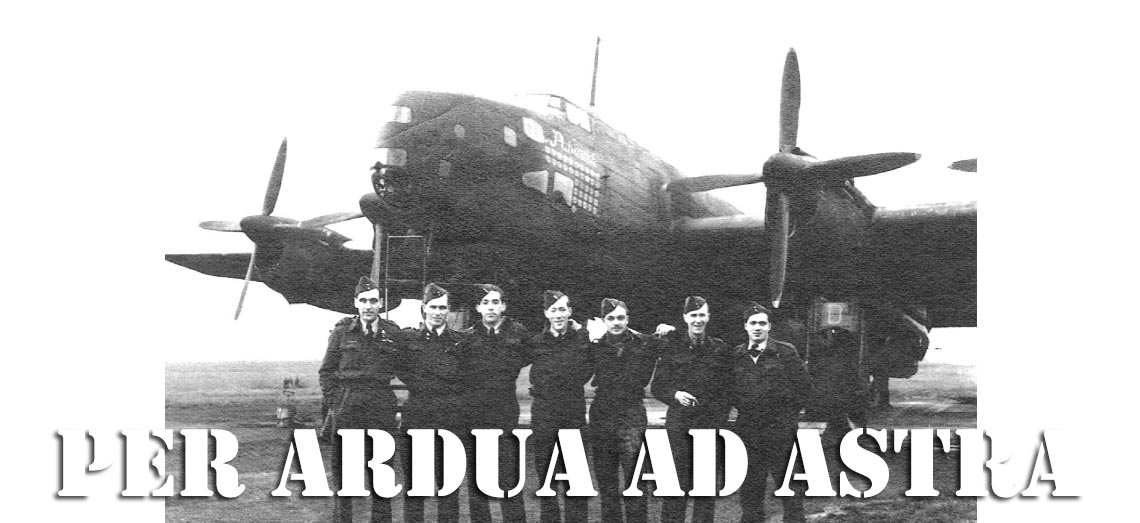
- Details
- By Fred Vogels
- Category: personal stories
- Hits: 1373

- Details
- By Fred Vogels
- Category: personal stories
- Hits: 9146
An interview with George Batts, National Secretary Normandy Veterans Association (NVA)
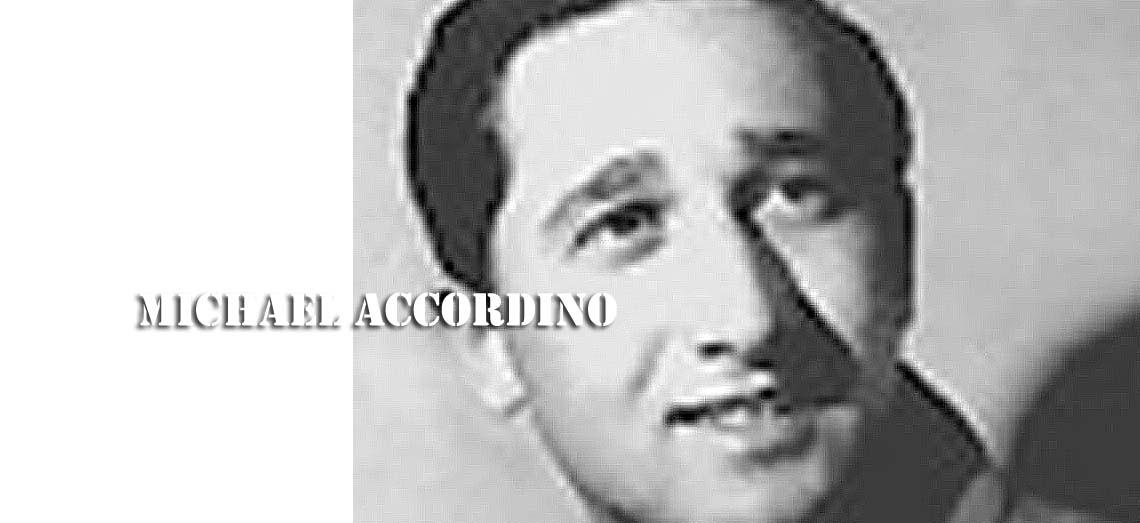
- Details
- By Fred Vogels
- Category: personal stories
- Hits: 8341
Some time ago I had contact with this remarkable person and asked him to tell me more about his landing on Omaha beach, June 6th 1944
Here is his story:

- Details
- By Fred Vogels
- Category: personal stories
- Hits: 3448
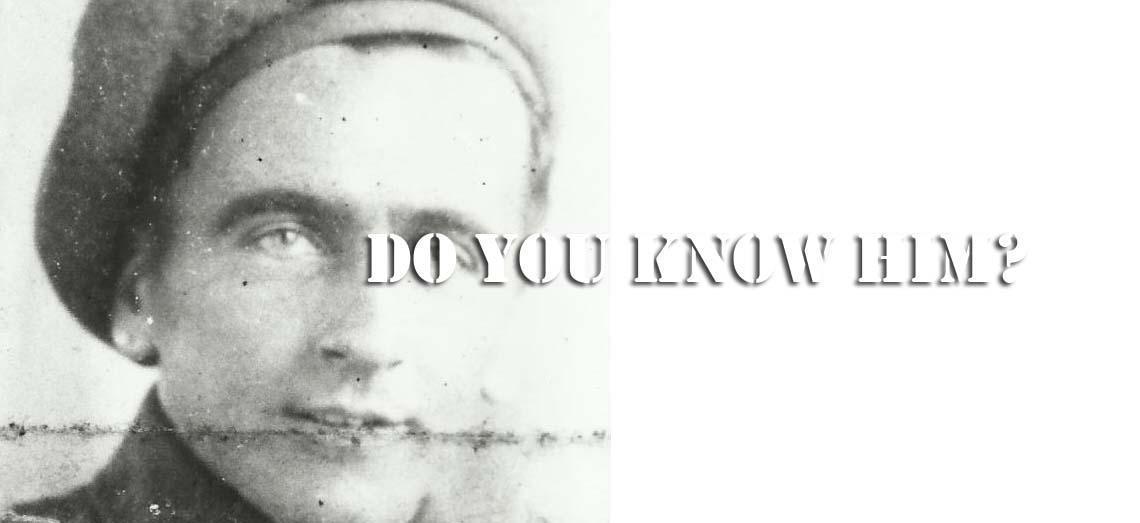
- Details
- By Fred Vogels
- Category: personal stories
- Hits: 6370
A request reached Back to Normandy.
Read more: Who knows the name of this soldier of the Princess Irene Brigade

- Details
- By Fred Vogels
- Category: personal stories
- Hits: 12929
Dick Winters
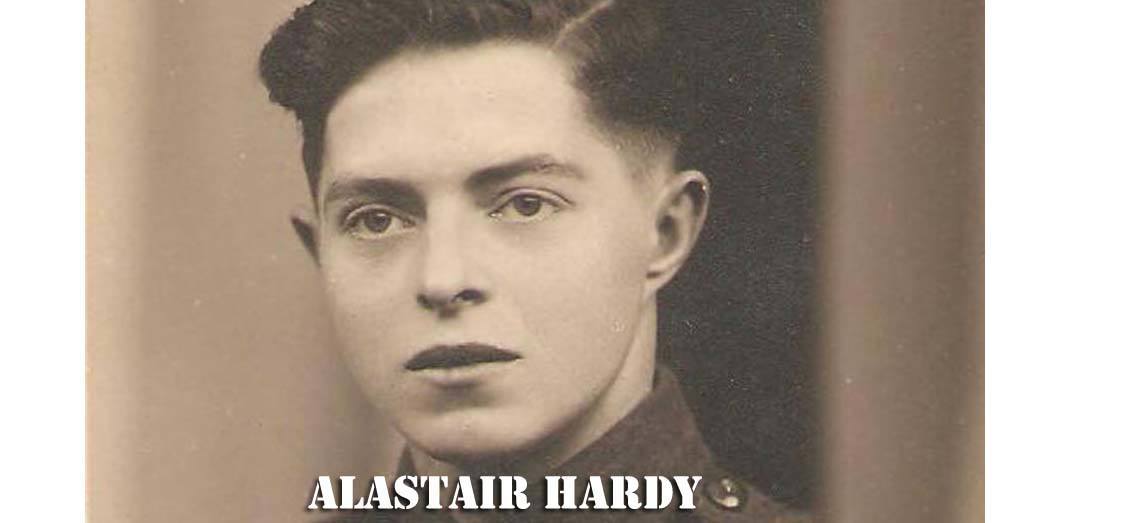
- Details
- By Fred Vogels
- Category: personal stories
- Hits: 10716
This is about my uncle Alastair Hardie from Kirriemuir in Scotland. In many ways his story is not an exceptional one.
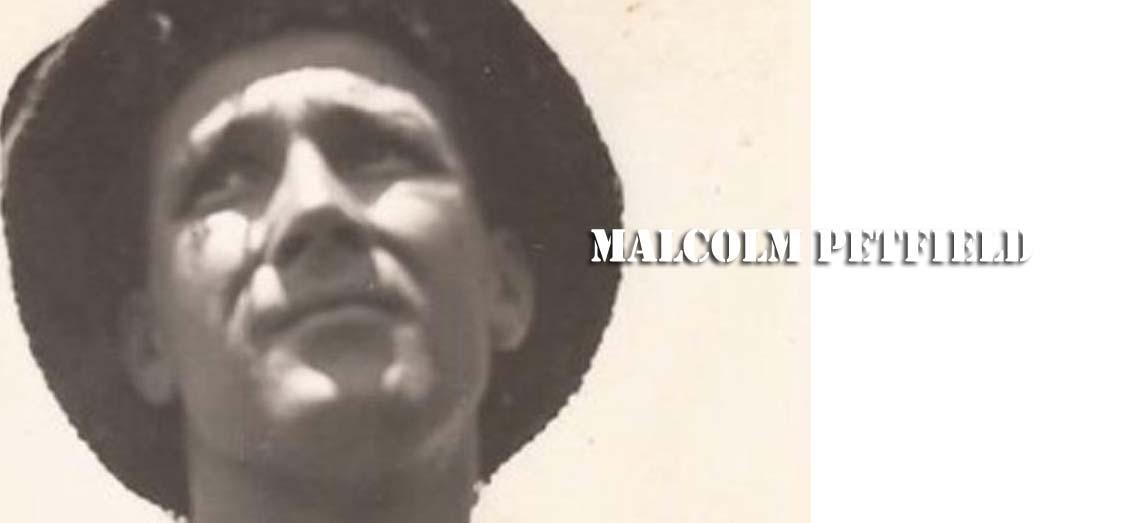
- Details
- By Fred Vogels
- Category: personal stories
- Hits: 7339
Malcolm Petfield "Lofty"
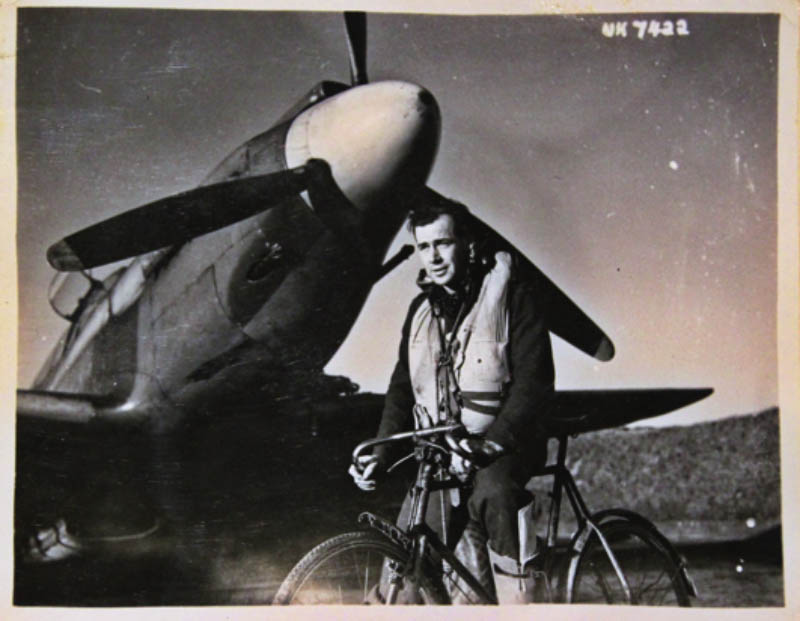
- Details
- By Fred Vogels
- Category: personal stories
- Hits: 2698
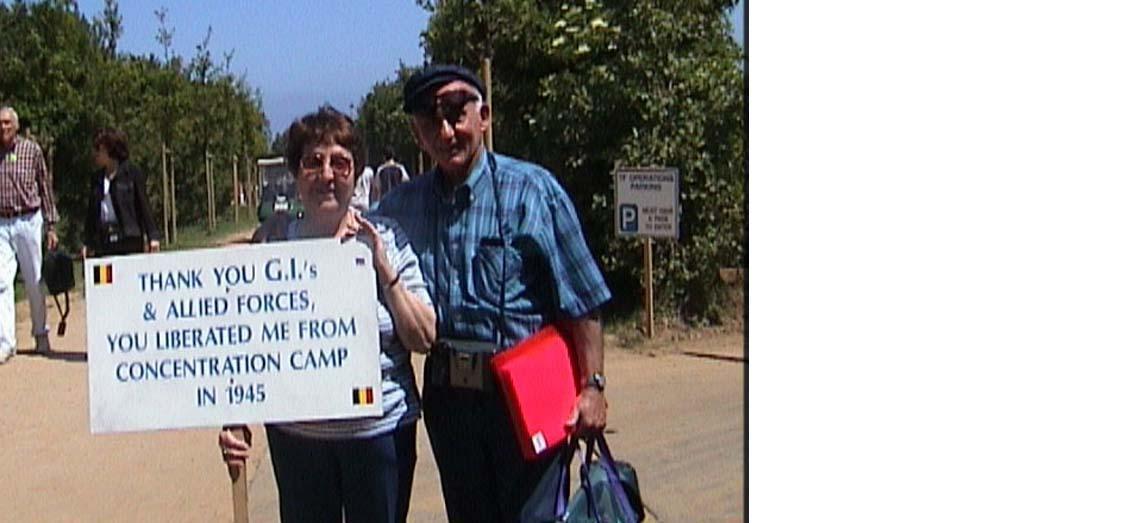
- Details
- By Fred Vogels
- Category: personal stories
- Hits: 8854
I am Michael Accordino. I landed on DDay, Omaha Beach 1st wave with the 299th Engineer Combat Battalion. Our objective blow the beach obstaclesfor the following waves. June of 2004 I returned to Normandy for the 60th Anniversary of DDay.
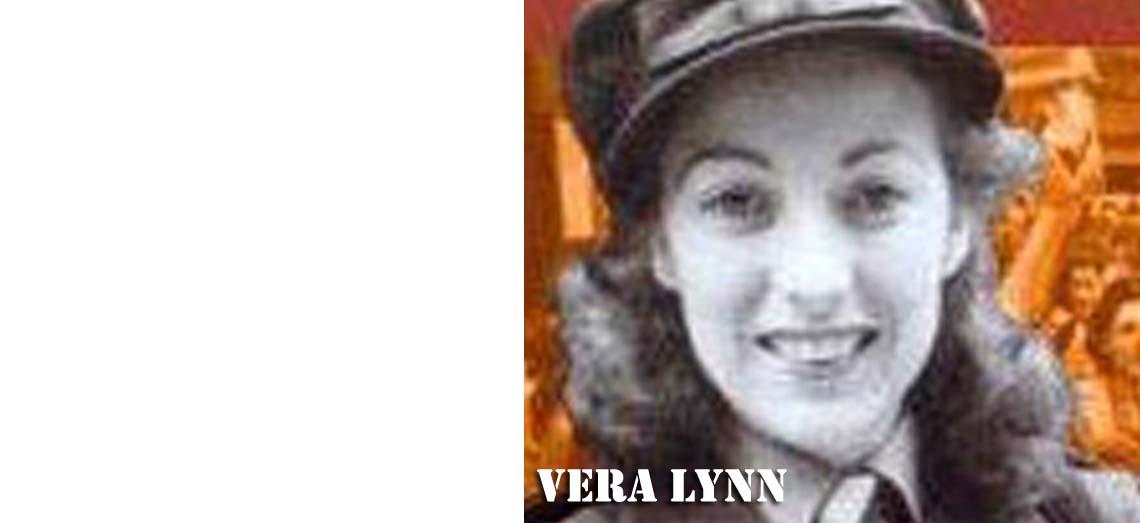
- Details
- By Fred Vogels
- Category: personal stories
- Hits: 6505
Dame Vera Lynn

- Details
- By Fred Vogels
- Category: personal stories
- Hits: 8474
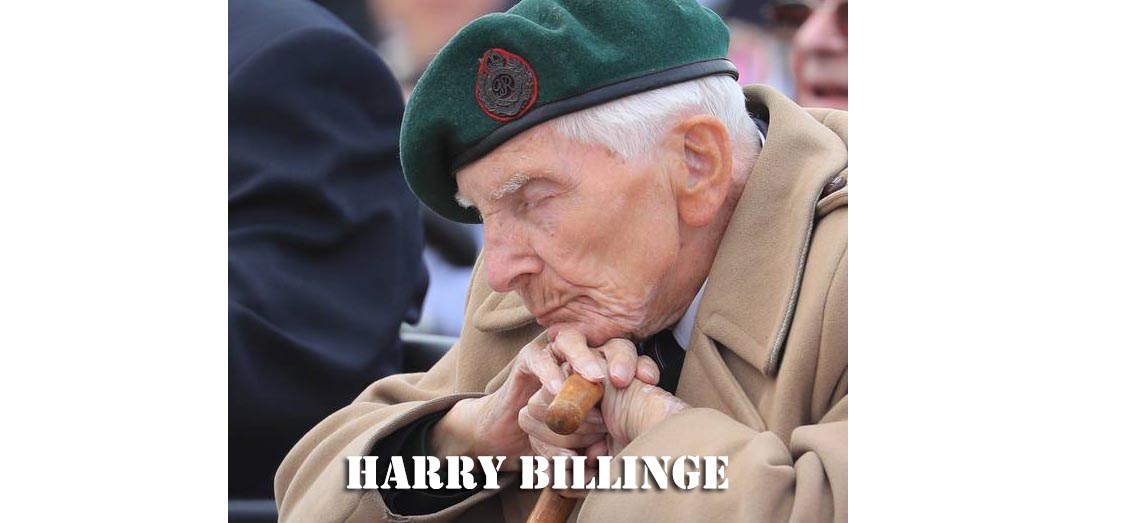
- Details
- By Fred Vogels
- Category: personal stories
- Hits: 2573
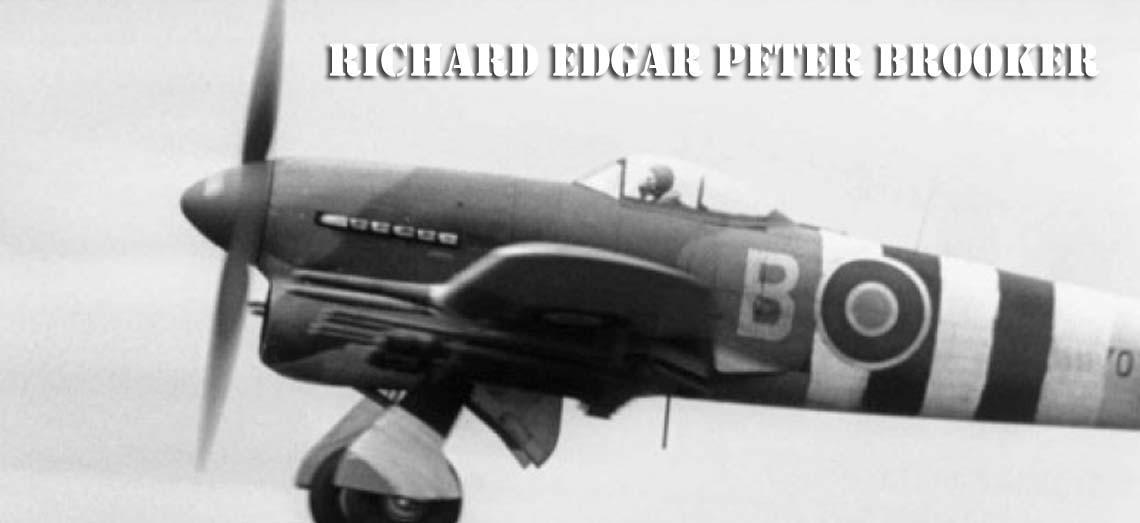
- Details
- By Fred Vogels
- Category: personal stories
- Hits: 29394
Richard Edgar Peter Brooker war history
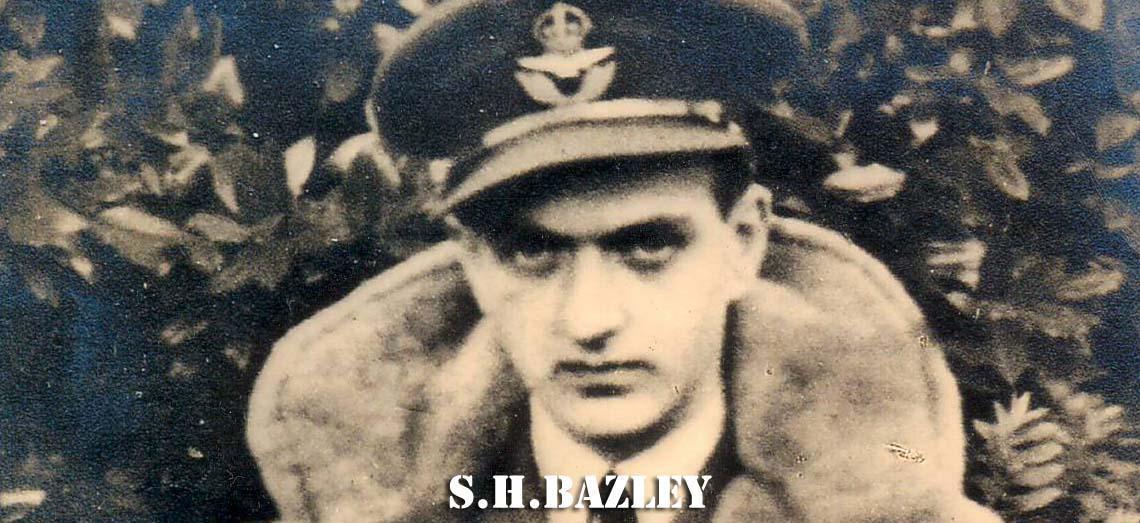
- Details
- By Fred Vogels
- Category: personal stories
- Hits: 10710
Sydney Howarth Bazley Flight Lieutenant
Read more: Battle of Britain Pilot Flt./Lt. S.H.Bazley R.A.F.

- Details
- By Fred Vogels
- Category: personal stories
- Hits: 2590
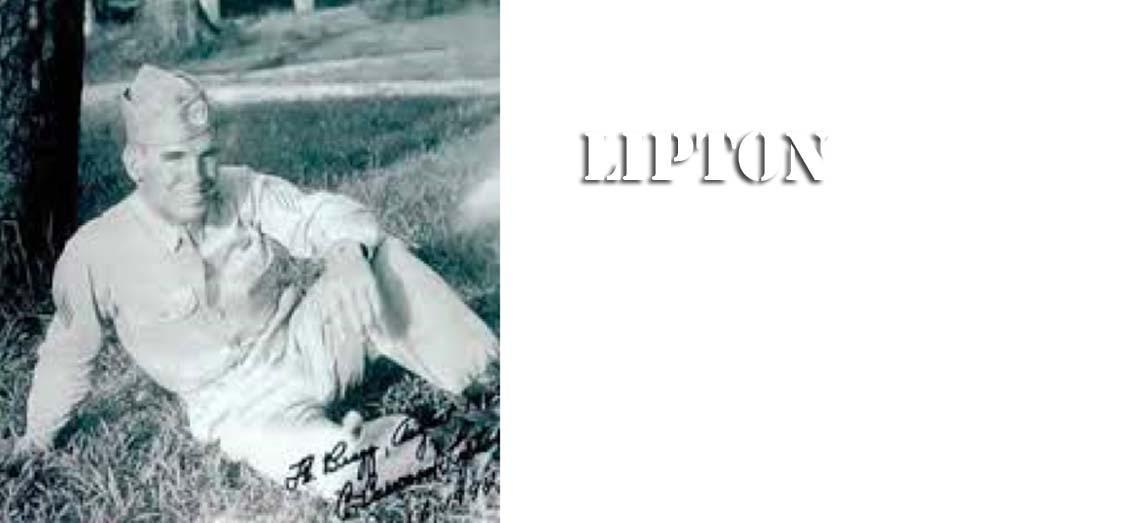
- Details
- By Fred Vogels
- Category: personal stories
- Hits: 6238
Lipton’s zigzag Bastogne story

- Details
- By Fred Vogels
- Category: personal stories
- Hits: 6802
D-Day – Pathways of Courage


